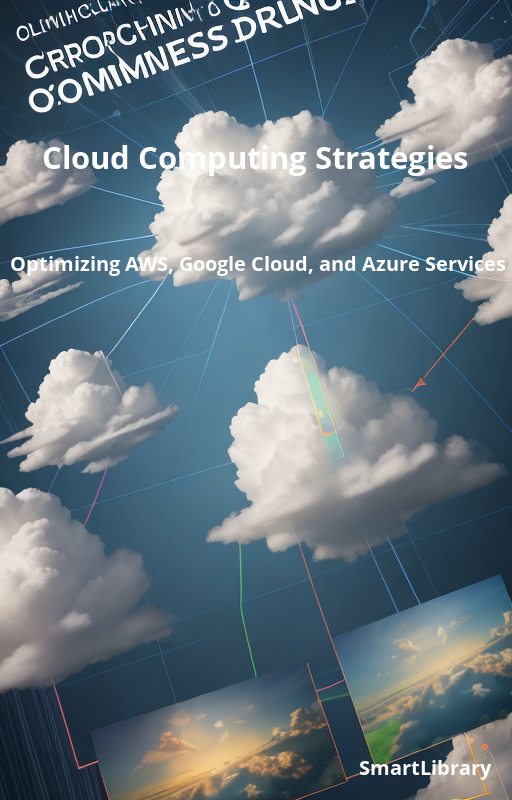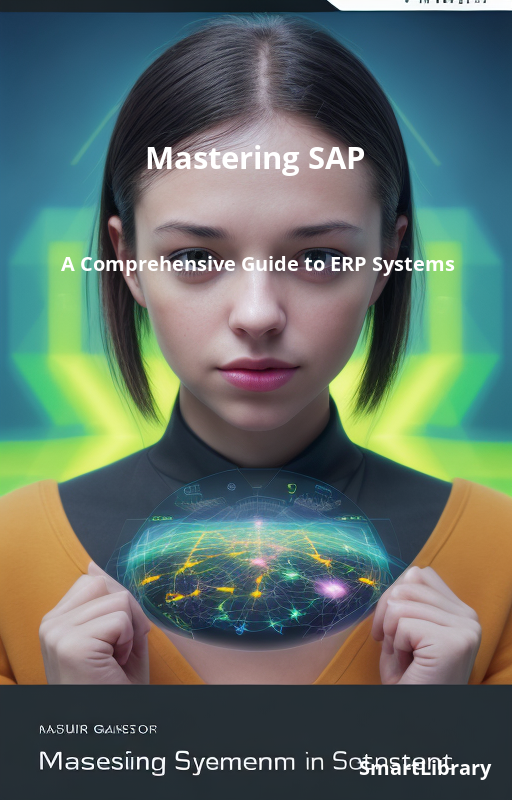
Applied Data Science in Python and R
The book aims to provide a comprehensive understanding of data analysis by bridging the gap between Python and R. It acknowledges that both languages have their strengths and weaknesses and aims to show readers how to leverage the unique features of each to solve complex data analysis problems efficiently.
Throughout the book, practical examples using real-world datasets are presented to illustrate the concepts and techniques discussed. By working through these examples, readers will gain hands-on experience and develop a deeper understanding of data analysis.
One of the key focuses of the book is to highlight the strengths of Python in data analysis. Python is known for its robust libraries such as Pandas and NumPy, which provide powerful tools for data manipulation and analysis. The authors guide readers through utilizing these libraries to handle and analyze datasets effectively.
Furthermore, the book also explores the strengths of R in data analysis. R is widely recognized for its statistical capabilities and extensive collection of statistical packages. Readers will learn how to harness the power of R for statistical analysis and gain insights into the unique features it offers.
By comparing and contrasting Python and R throughout the book, readers will be able to make informed decisions on which language to use for specific data analysis tasks. The book demonstrates that both languages have their merits and can be used together to complement each other's weaknesses.
Ultimately, this book empowers readers to become proficient in data analysis by providing a comprehensive overview of Python and R and guiding them through practical examples. It equips readers with the necessary skills and knowledge to tackle complex data analysis problems efficiently and effectively.

























































































































